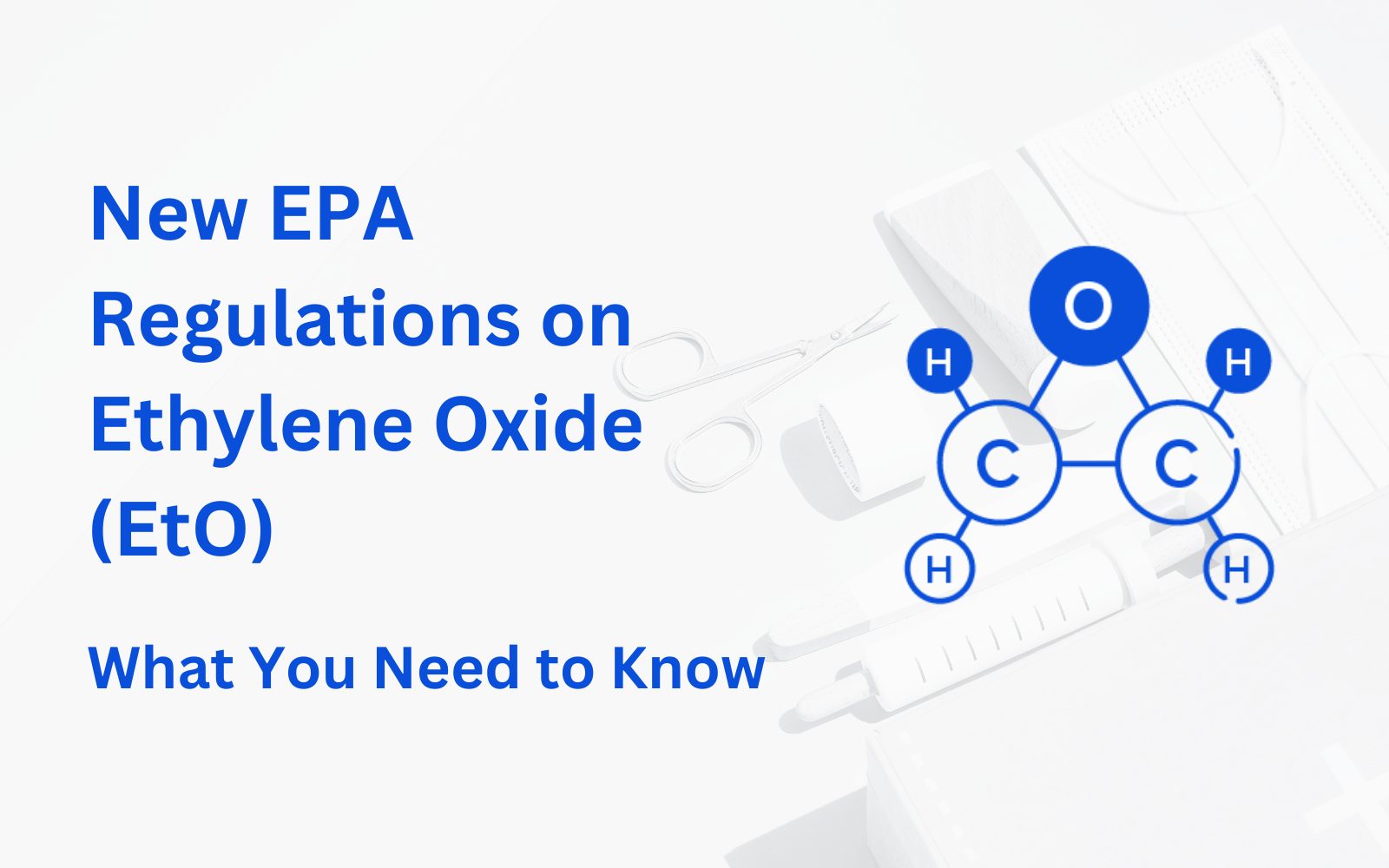The EPA’s latest ethylene oxide (EtO) regulations introduce stricter exposure limits and new compliance requirements for sterilization facilities. With worker safety at the forefront, businesses must adapt to lower permissible exposure levels, enhanced monitoring protocols, and infrastructure upgrades like separated HVAC systems and abatement devices. Immediate bans on EtO for non-essential uses are already in place, reinforcing the urgency for businesses to act now.
For companies relying on EtO, these changes signal the need for proactive investment in gas detection technology and regulatory alignment. Upgrading compliance measures ensures legal adherence and builds trust with employees and surrounding communities. As the transition begins, staying ahead of these evolving safety standards will be key to maintaining operations without disruption. Watch our latest video that explains the regulations and how they affect you.
FAQs on the New EPA Ethylene Oxide Regulations
1. What are the key changes in the new EPA regulations for ethylene oxide?
The EPA’s updated rules lower allowable worker exposure limits to 0.5 ppm by 2028, 0.25 ppm by 2030, and 0.1 ppm by 2035. They also require continuous monitoring in sterilization facilities, separation of HVAC systems to prevent cross-contamination, and immediate bans on EtO for specific non-essential uses like museum artifacts and some spices.
2. How will these regulations impact businesses that use EtO?
Businesses must implement advanced gas detection systems, upgrade facility infrastructure, and provide additional respiratory protection for workers exposed to EtO. Companies failing to meet the new standards could face regulatory penalties, operational disruptions, and reputational risks.
3. Are healthcare facilities affected by these changes?
Yes. Healthcare facilities using more than 10 lbs. of EtO annually must install abatement devices and ensure emissions are properly vented. While hospitals generally emit lower levels of EtO than commercial sterilizers, they are still required to meet updated safety and compliance standards.
4. What steps should companies take now to prepare for compliance?
Businesses should start by assessing their current EtO exposure levels, investing in real-time monitoring systems, and upgrading HVAC and ventilation systems to prevent contamination. Training employees on the new safety requirements and staying updated on EPA guidelines will also be essential.
5. Where can I find more information about these regulatory changes?
For detailed guidelines and compliance resources, visit the EPA’s official page on EtO regulations or check industry-specific recommendations at gasdetection.com.


